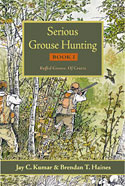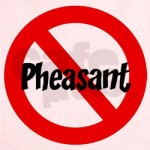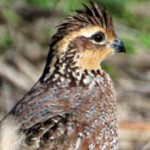Helped By Bad Weather, SD’s Pheasants Above 10-Yr Average
Could South Dakota’s pheasant population really be better than the average pops over the last 10 years? Apparently so, according to a well-written article by John Pollmann for the Sioux Falls, SD Argus Leader – and it seems to have improved partly due to bad weather. Seriously.
Before getting into some excerpts, this line from the article stood out: “Given the nearly $220 million economic freight train that is pheasant hunting in South Dakota, this year’s survey report was good news for many businesses across the state.”
Wow! We knew it was big, but $220 mil?! To the excerpts:
> After a brutal winter and a soggy spring and summer, most hunters had anticipated a down year for chasing pheasants in South Dakota. But the brood survey report released last week shows that bird numbers have actually increased….
> The [state] report – using data from observations along 110 survey routes – said that the statewide pheasants per mile (PPM) index increased from 6.26 to 6.45…a 3 percent bump…but the 2010 survey places South Dakota’s pheasant population at 13 percent above the 10-year average. It’s also the fourth-highest statewide number since the pheasant-boon Soil Bank era of the 1960s….
> Quality habitat this year was partly the result of the same weather conditions that put such a question mark on bird numbers in the first place. The unusual abundance of moisture last fall left many fields of unharvested corn standing across the state. These fields proved to be critical food sources and protective habitat for pheasants and other wildlife during a particularly harsh winter.
> And while rivers swollen with snowmelt this spring put an initial damper on nesting conditions, above-normal precipitation and warmer temperatures encouraged the growth of cool-season grasses, which are vital for nesting success.
Interesting, eh?
More
From the article:
> Areas such as Pierre and Mobridge…saw increases of 101 and 92 percent, respectively, over the 10-year average….
> Hit hardest include the Brookings (down 50 percent) and Sioux Falls (down 41) areas, which continue to see bird numbers decline against the 10-year average.
> Officials are concerned about the loss of habitat and declining pheasant numbers in the southeastern region of the state, which they attribute to urban sprawl, intensive row-crop agricultural practices and expiring CRP contracts. “Even though the overall survey numbers were down, there are going to be pockets of good habitat that are going to have great bird numbers….”
How good can it be in SD? If the $220 mil figure didn’t convince you, check this out!
Category: 2010, Forecasts/counts, Pheasants, SD


















